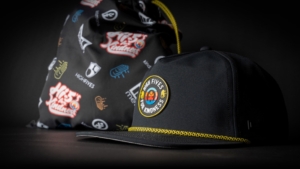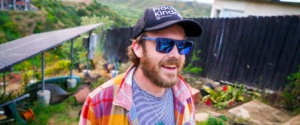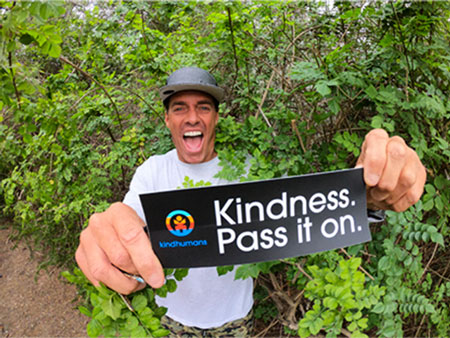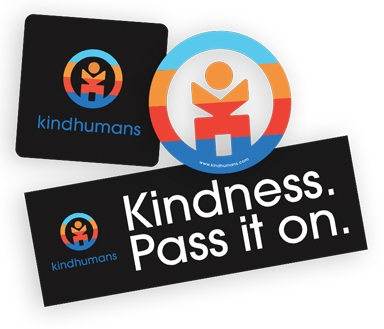
Where Does It Go? Part 1: Recycling
PlanetWhere Does It Go? Part 1: Recycling
Our friends over at the Changing Tides Foundation are working on a series titled “Where Does It Go?” The series follows our waste and aims to educate us on proper disposal techniques — this is Part 1 — check it out! – KH
Imagine this –the sun is finally out after a gloomy few weeks, you’re miraculously early and have some time before your next engagement. You decide to treat yourself to that to-go iced coffee at your local coffee shop. After you get the coffee, you walk outside sipping it down before the sun can melt it away. Once it has been slurped until the last drop, you search for the nearest recycling bin, toss in the plastic cup, and head off. You’re feeling accomplished for your use of time and good deed.
But have you ever wondered, where does that plastic cup go?
We at the Changing Tides Foundation asked the question: Where Does It Go? So, we decided to dive into the messy world of collection and processing to find out just where our recyclables go after hitting those blue bins. We followed our plastic cup all the way to EDCO – San Diego County’s top of the line waste collection and recycling company.

Utilizing their state of the art technology, EDCO sorts the recyclable material once it arrives to the facility, with machines doing the initial sorting and simultaneous sorting done manually to guarantee all items are properly categorized. From here, like most collection facilities in the US, the recyclables are bundled and sold to the highest bidder who will then repurpose the items.
For the past decade, almost all the collected recyclable material has been sold to China to be repurposed. However, last year, the country imposed a heavy restriction on imports of certain recyclables, including mixed paper and most importantly – most plastics. Thankfully, EDCO has found other well established buyers, both domestic and international, that were able to purchase the excess material. Not every city/county can be as lucky. When there is no market to sell the recyclables, there is no value to the items collected. In the same year China imposed the ban, Oregon threw 23 million pounds of recycled material in the landfill due to lack of buyers. Unfortunately, this will be the fate of more collected recyclable goods for the next couple of years. In other words, this will get worse before it gets better.

Since China was such a large buyer, our nation relied heavily on them to purchase our recyclable items. Because of this, the US didn’t really have a need or incentive to create facilities that actually convert the plastic into reusable material. To top this all off, most states don’t have proper funding to build these facilities or update existing ones.
“Recycling plants are just a place where recyclables get sorted and packaged, nothing is actually broken down or made there. After touring EDCO’s recycling plant in Escondido, the biggest lesson we learned is that recyclables are a commodity. If someone isn’t buying it, then it can’t be recycled. It’s important for people to understand that not every municipality can find buyers for their recycled materials. ” said Becky Mendoza, CTF’s Executive Director. “I also didn’t fully realize that bags: trash bags, grocery bags, etc… actually cause major problems by clogging the machines and conveyor belts. The takeaway: Don’t bag your recyclables.”
So, what does this all mean? With moving markets, no infrastructure or financial resources, there is more work to be done than ever before. While this issue may feel local, it will have a global impact and the solution will most likely not be one that we have used in the past. Innovation and effort are going to have to take the reins if we are to expect to pull ourselves out of this recycling crisis.
By now you’re probably wondering: what can we do to combat these issues? Well, we’ve got some answers for you!
REFUSE single-use plastics anytime you can. Come prepared with your own bottle, utensils, bag and cup. That way there are no excuses.
REDUCE your single-use everything, not just plastics. Make smarter choices for our planet.
When you can’t refuse, make sure you REUSE. You know that hummus container you had to buy last minute for that pot-luck dinner? Clean it out and store your next homemade batch in it.
RECYCLE. Your very last resort, especially at this moment in time, should be recycling.
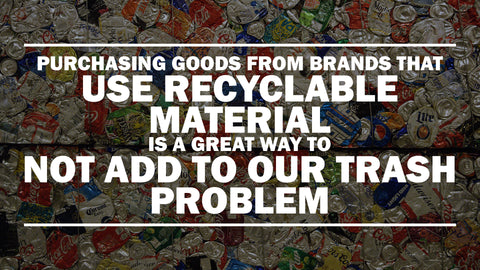
When you do recycle, make sure you’re recycling clean. Look up your local recycling collection facility and update yourself on their guidelines. When you travel, come prepared or look up that area’s recycling facility to make sure what can and can’t be recycled.
Shop smart. Purchasing goods from brands that use recyclable materials to create their products is way better for the environment than using virgin plastics, aluminum, carton or paper.
Following these guidelines is a crucial step in getting the items we put in our bins repurposed.
Educate –have conversations with your friends and family about this issue and encourage them to look into their local recycling facilities’ guidelines.
Post to social media: Let’s make this topic front and center of a crisis that is happening right now that together we have the power to change!
We are hopeful that through a combination of education and encouragement, we can empower individuals to make more conscious choices, consider these solutions, and always ask: Where Does It Go?
Read part 2 of “Where Does It Go?”



